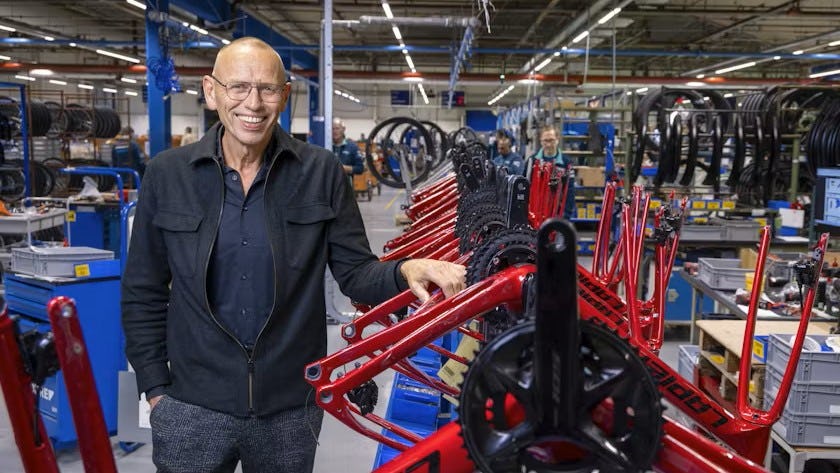“Digitalisation” gets tossed around so much it usually feels like just another buzzword. But behind the glossy terms and fluffy statements lies something truly powerful: a way to radically improve how cycling companies work, grow, and compete. The difficulty, however, is to make it tangible. To help companies with that and to turn “digital” into “done”, Noca is offering 1:1 sessions at Eurobike.
The industry’s hidden headache
“Let’s be real - building bikes is fun,” explains Anna Buchmann, CEO of Noca. “Managing the data behind them is not. Tech specs here, documents there, bill of materials in an Excel, prices in an email thread…sound familiar? Too often, teams waste hours hunting down files, correcting errors, and synching systems that don’t talk to each other. Component and BOM management is an absolute nightmare for many manufacturers. And it blocks operations across product development, procurement, marketing and sales. The result? Inflated costs, missed sales, frustrated colleagues - and lost revenue.”
“Now, let’s be unreal and imagine the perfect scenario,” continues Buchmann. “One central place for all your product data. A solution that makes it easy to speak the same language and collaborate across teams, connect all types of data, find the information you are looking for, and automate the BOM building process. Like Excel, just better.”

From cost drain to competitive gain
The Noca portal enables cycling businesses to build a central database of components, BOMs and complete bikes. It’s a PIM system and data hub for the cycling industry. Component suppliers using Noca can directly provide all relevant product data. “Imagine Bosch’s entire portfolio including your customisations and prices at your fingertips,” adds Robert Teschendorf, CTO of Noca. “Or data can be imported with an AI-supported uploader - think Shimano’s 40.000 products ingested in just a few clicks. And just in case, the system checks and flags missing information afterwards.”
“That’s when the fun starts,” continues Teschendorf. “Add or remove components to and from BOMs like it’s Lego. Changes update everywhere automatically. The first draft for marketing BOMs builds itself. Collaborate with colleagues and external assemblers in real-time without losing track. No manual data work necessary. This isn’t just neat - it’s profitable.”
“OEM brands can save six figures a year with the right system and processes,” reveals Buchmann. “And it’s not just the cost savings that need to be considered,” adds Teschendorf. “Clean, structured data is also the foundation for AI and analytics. Start now - or risk falling behind. Companies like e*thirteen or Waldbike have already cut internal process costs while accelerating with superior customer service.”
A smarter way to work with product data
“Digital transformation and process optimisation is a necessary investment in the future, and needs to start right now,” says Buchmann. “To kick-off the process, we have developed in-depth guidelines for efficient product data management in the cycling industry.” According to Buchmann, the key best practices include:
- One system to rule them all: Establish one place and system where product data is managed with clear governance and workflows.
- Consistency is queen: Develop and enforce a standardised data entry process where no matter who is entering or updating data, they use the same data structure and naming conventions.
- Smart data structure: Build and connect a database of components, bill of materials and final bikes to track dependencies, add agility to the development processes and have a single source of truth for product data each team uses.
- Plug it all in: Connect different data types (e.g. tech specs, images, documents, descriptions) and systems (e.g. PIM, ERP, PLM) to automate processes and avoid duplication.
- Streamline external data management: Leverage supplier and customer portals to easily import and provide product data and digitally integrate with your supply chain.
Sessions to speed up digital transformation

“Every company and digitalisation journey is unique,” concludes Buchmann. “That’s why we are offering customised discovery sessions at Eurobike in Frankfurt. Explore your processes, spot quick wins, and develop your roadmap to smarter operations – all in one meeting. Slots are very limited and going fast, so book yours quickly.”
This article is sponsored by Noca.






